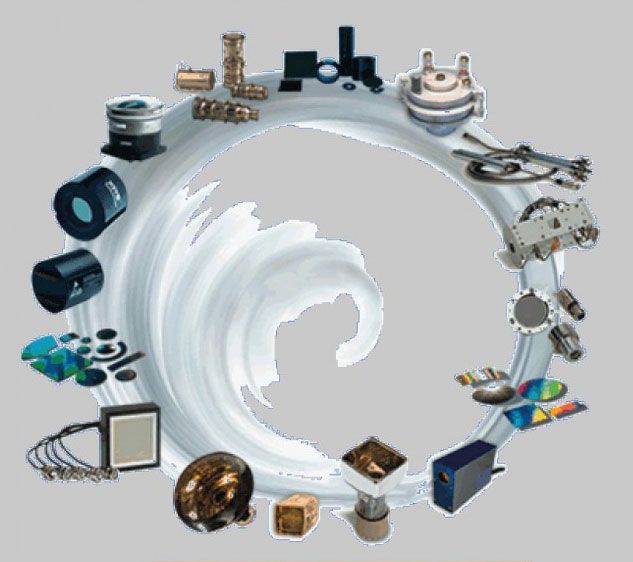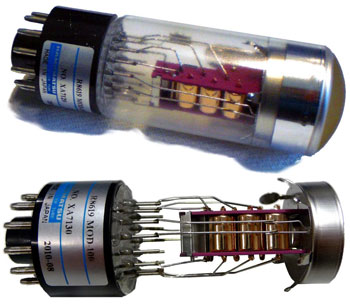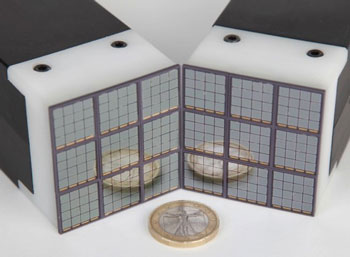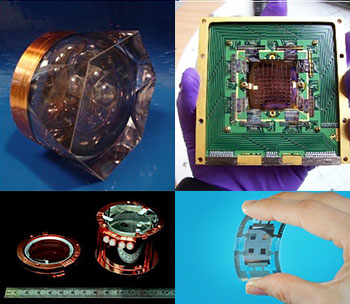Low Light-
Level Sensors
Detection of light is one of the major, basic principles of measurements and diagnostics in science and many applications. Many applications require single photon detection in various energy domains. The LLL detection in the coming years has the promise of a technology revolution.

A coordinated approach
towards the development of the ultimate low light-level sensors
Current and future technologies
for low light-level detection
In the following, the different technologies are described to demonstrate the potential
for developments and future applications.
Photomultiplier Tubes (PMT)
 |
The PMT is an extremely sensitive light detector providing a current output proportional to light intensity. Photomultipliers are used to measure any process which directly or indirectly emits light.
|
Silicon photomultipliers (SiPM)
 |
SiPM detecors are solid-state single-photon-sensitive devices built from an avalanche photodiode (APD) array on common silicon substrate. The idea behind this device is the detection of single-photon events in sequentially connected Si APDs. The dimension of each single APD can vary from 20 to 100 micrometres, and their density can be up to 1000 per square millimeter.
|
More LLL sensors
 |
Discover more types of low light-level sensor technology:
|
